Rising E-Waste Generation
The E-Waste Management Market is experiencing a notable increase in the generation of electronic waste. As technology continues to advance, the lifespan of electronic devices tends to shorten, leading to a surge in discarded products. Reports indicate that the volume of e-waste is projected to reach 74 million metric tons by 2030, highlighting the urgent need for effective management solutions. This growing trend necessitates the development of innovative recycling technologies and sustainable disposal methods. Consequently, companies within the E-Waste Management Market are likely to invest in advanced processing facilities to handle the increasing volume of e-waste, thereby creating new business opportunities and enhancing operational efficiencies.
Growing Consumer Awareness
The E-Waste Management Market is benefiting from a growing awareness among consumers regarding the environmental impacts of electronic waste. As individuals become more informed about the consequences of improper disposal, there is an increasing demand for responsible recycling options. Educational campaigns and initiatives aimed at promoting e-waste recycling are gaining traction, encouraging consumers to participate in sustainable practices. This heightened awareness is likely to drive the growth of collection programs and recycling services, as consumers seek out environmentally friendly disposal methods. Consequently, businesses within the E-Waste Management Market may find new opportunities to engage with consumers and expand their service offerings.
Economic Incentives for Recycling
The E-Waste Management Market is also influenced by economic incentives that encourage recycling and responsible disposal of electronic waste. Governments and organizations are increasingly offering financial incentives, such as tax breaks or subsidies, to promote e-waste recycling initiatives. These incentives can lower the cost of recycling for consumers and businesses alike, making it more appealing to participate in e-waste management programs. Additionally, the potential for recovering valuable materials from e-waste, such as gold and copper, presents a lucrative opportunity for companies in the E-Waste Management Market. As the economic viability of recycling improves, it is likely to stimulate further investment and innovation in the sector.
Stringent Environmental Regulations
The E-Waste Management Market is significantly influenced by the implementation of stringent environmental regulations. Governments across various regions are enacting laws aimed at reducing the environmental impact of e-waste. For instance, regulations may mandate proper disposal methods and recycling practices for electronic devices. Compliance with these regulations is essential for manufacturers and retailers, as non-compliance can result in hefty fines and reputational damage. This regulatory landscape compels stakeholders in the E-Waste Management Market to adopt sustainable practices, thereby driving demand for efficient recycling and waste management solutions. As a result, companies that align with these regulations may gain a competitive edge in the marketplace.
Technological Innovations in Recycling
The E-Waste Management Market is witnessing a wave of technological innovations that enhance recycling processes. Advanced technologies such as automated sorting systems, hydrometallurgical methods, and artificial intelligence are being integrated into e-waste recycling operations. These innovations not only improve the efficiency of material recovery but also reduce the environmental footprint associated with traditional recycling methods. For example, the adoption of AI can optimize the sorting of materials, leading to higher recovery rates of valuable metals. As these technologies become more prevalent, they are likely to attract investments and partnerships within the E-Waste Management Market, fostering a more sustainable approach to electronic waste.


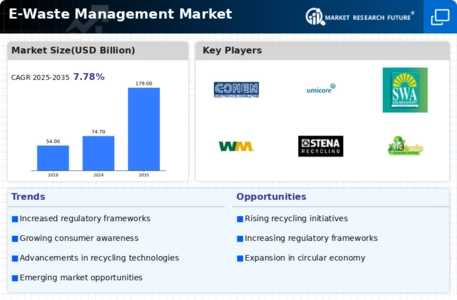
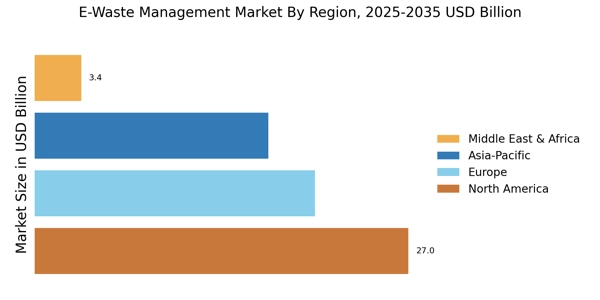
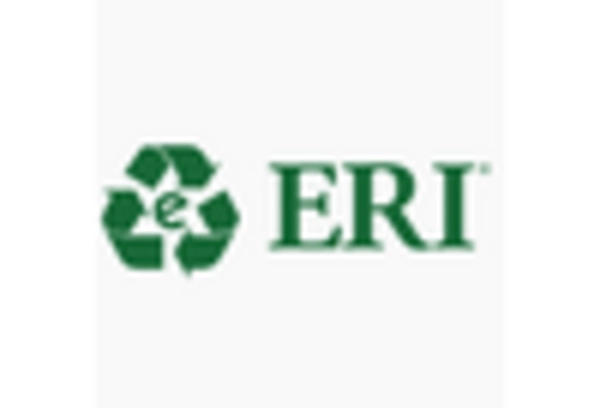


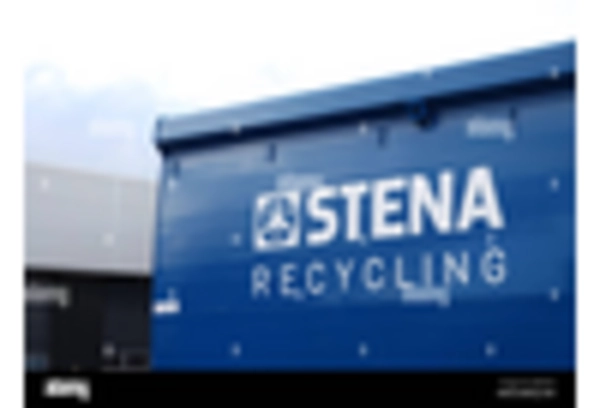
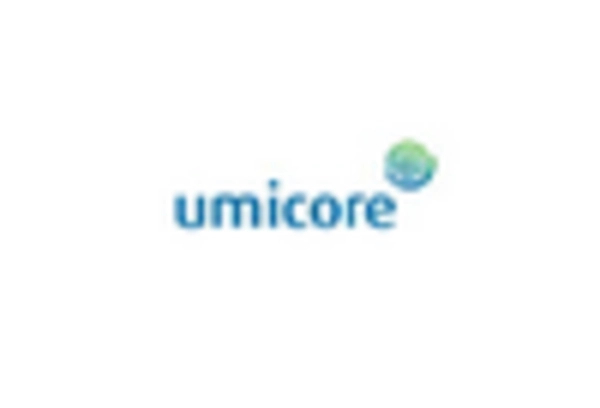
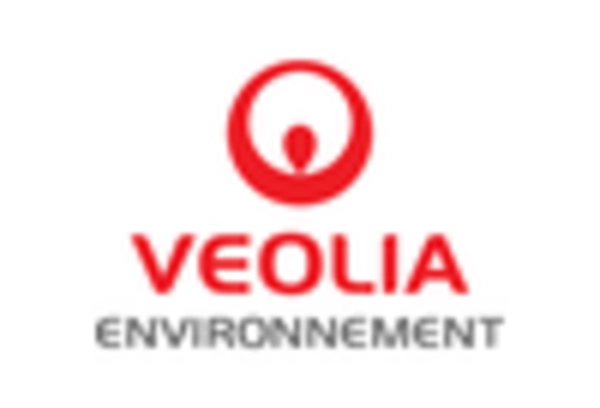








Leave a Comment